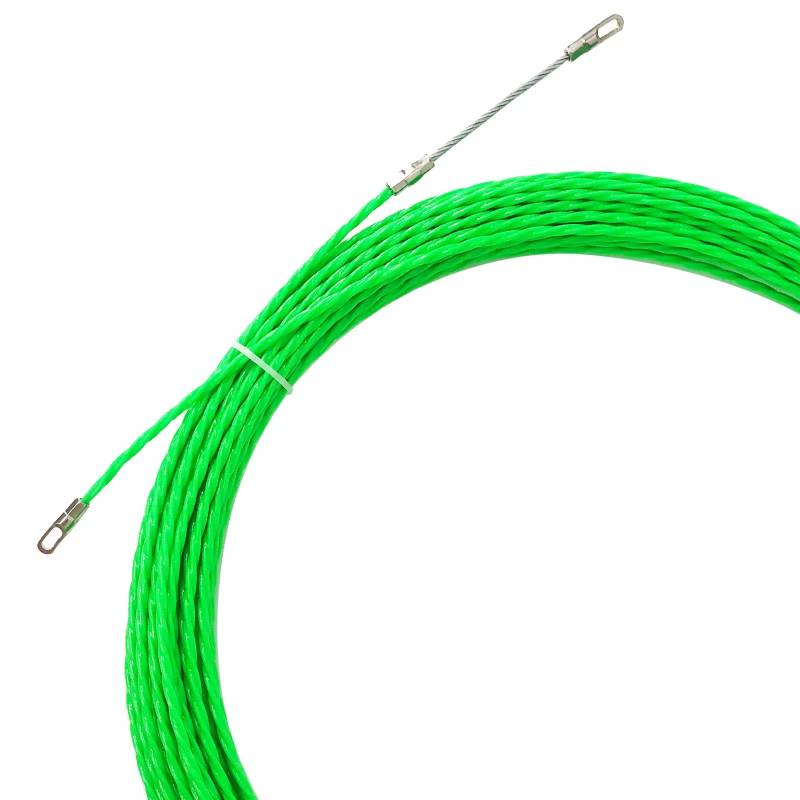
-
 Afrikaans
Afrikaans -
 Albanian
Albanian -
 Amharic
Amharic -
 Arabic
Arabic -
 Armenian
Armenian -
 Azerbaijani
Azerbaijani -
 Basque
Basque -
 Belarusian
Belarusian -
 Bengali
Bengali -
 Bosnian
Bosnian -
 Bulgarian
Bulgarian -
 Catalan
Catalan -
 Cebuano
Cebuano -
 Corsican
Corsican -
 Croatian
Croatian -
 Czech
Czech -
 Danish
Danish -
 Dutch
Dutch -
 English
English -
 Esperanto
Esperanto -
 Estonian
Estonian -
 Finnish
Finnish -
 French
French -
 Frisian
Frisian -
 Galician
Galician -
 Georgian
Georgian -
 German
German -
 Greek
Greek -
 Gujarati
Gujarati -
 Haitian Creole
Haitian Creole -
 hausa
hausa -
 hawaiian
hawaiian -
 Hebrew
Hebrew -
 Hindi
Hindi -
 Miao
Miao -
 Hungarian
Hungarian -
 Icelandic
Icelandic -
 igbo
igbo -
 Indonesian
Indonesian -
 irish
irish -
 Italian
Italian -
 Japanese
Japanese -
 Javanese
Javanese -
 Kannada
Kannada -
 kazakh
kazakh -
 Khmer
Khmer -
 Rwandese
Rwandese -
 Korean
Korean -
 Kurdish
Kurdish -
 Kyrgyz
Kyrgyz -
 Lao
Lao -
 Latin
Latin -
 Latvian
Latvian -
 Lithuanian
Lithuanian -
 Luxembourgish
Luxembourgish -
 Macedonian
Macedonian -
 Malgashi
Malgashi -
 Malay
Malay -
 Malayalam
Malayalam -
 Maltese
Maltese -
 Maori
Maori -
 Marathi
Marathi -
 Mongolian
Mongolian -
 Myanmar
Myanmar -
 Nepali
Nepali -
 Norwegian
Norwegian -
 Norwegian
Norwegian -
 Occitan
Occitan -
 Pashto
Pashto -
 Persian
Persian -
 Polish
Polish -
 Portuguese
Portuguese -
 Punjabi
Punjabi -
 Romanian
Romanian -
 Russian
Russian -
 Samoan
Samoan -
 Scottish Gaelic
Scottish Gaelic -
 Serbian
Serbian -
 Sesotho
Sesotho -
 Shona
Shona -
 Sindhi
Sindhi -
 Sinhala
Sinhala -
 Slovak
Slovak -
 Slovenian
Slovenian -
 Somali
Somali -
 Spanish
Spanish -
 Sundanese
Sundanese -
 Swahili
Swahili -
 Swedish
Swedish -
 Tagalog
Tagalog -
 Tajik
Tajik -
 Tamil
Tamil -
 Tatar
Tatar -
 Telugu
Telugu -
 Thai
Thai -
 Turkish
Turkish -
 Turkmen
Turkmen -
 Ukrainian
Ukrainian -
 Urdu
Urdu -
 Uighur
Uighur -
 Uzbek
Uzbek -
 Vietnamese
Vietnamese -
 Welsh
Welsh -
 Bantu
Bantu -
 Yiddish
Yiddish -
 Yoruba
Yoruba -
 Zulu
Zulu


Dec . 23, 2024 11:42 Back to list
Efficient Crimping Tools for High Pressure Hydraulic Hose Applications
Understanding High-Pressure Hydraulic Hose Crimping Tools
In the world of hydraulics, efficiency and reliability are paramount. High-pressure hydraulic hose crimping tools play a crucial role in ensuring that hydraulic systems function effectively, especially in demanding industries such as construction, manufacturing, and automotive. These tools are designed to create strong and leak-free connections between hoses and fittings, essential for high-pressure applications.
What is a Crimping Tool?
A crimping tool is a specialized device used to compress or deform a fitting onto a hose. This process, known as crimping, creates a physical bond that secures the hose and fitting together, preventing leaks and ensuring the transmission of hydraulic fluid under high pressure. Crimping tools come in various designs, each suited for different hose sizes and types.
Types of Hydraulic Hose Crimping Tools
There are primarily two types of crimping tools manual and hydraulic.
1. Manual Crimping Tools These tools are suitable for lighter applications where hoses do not experience extremely high pressures. Manual crimpers rely on the strength of the operator to compress the fitting onto the hose. While they may be suitable for smaller jobs, they often lack the precision and power required for high-pressure applications.
2. Hydraulic Crimping Tools Hydraulic crimpers leverage hydraulic power to achieve a precise and strong crimp. They are widely used in industrial settings because they can handle a variety of hose sizes and can produce consistent results under high pressure. These tools are equipped with interchangeable dies, allowing operators to work with different types of hoses and fittings.
Key Features to Consider
When selecting a high-pressure hydraulic hose crimping tool, several features should be considered to ensure optimal performance and reliability
high pressure hydraulic hose crimping tool

- Pressure Range Ensure that the crimping tool can handle the specific pressure requirements of the hoses being used. Some tools are rated for pressures exceeding 10,000 PSI, making them suitable for heavy-duty applications.
- Die Sets The quality and variety of die sets are crucial. A good crimping tool should come with multiple die options to accommodate different hose diameters and fitting types.
- Ease of Use Consider the tool's design, including whether it has a user-friendly interface, which can make operation easier, especially in repetitive tasks.
- Portability Depending on the work environment, you may need a portable tool that can easily be transported to various job sites. There are compact models available that do not compromise on performance.
- Durability and Maintenance High-quality materials and robust construction are essential. Regular maintenance will also extend the lifespan of the tool, ensuring reliable performance over time.
The Importance of Accurate Crimping
Accurate crimping is essential in high-pressure systems, as improper crimping can lead to catastrophic failures, including hose blowouts. This not only poses significant safety risks but can also result in costly downtime and repairs. It is crucial to follow manufacturer specifications and guidelines during the crimping process to achieve the best results.
Conclusion
High-pressure hydraulic hose crimping tools are invaluable assets in ensuring the integrity and functionality of hydraulic systems. By selecting the right tool and using it correctly, businesses can enhance operational efficiency and safety. Whether in a workshop or at a job site, investing in a quality crimping tool is a decision that pays dividends in reliability and performance. With the right knowledge and equipment, operators can perform precise, high-pressure connections that stand the test of time.
Latest news
What Are Construction Tools and How Are They Used?
NewsJul.11,2025
Professional-Grade Duct Rodding Tools for Superior Cable Installation
NewsJul.11,2025
Enhancing Safety and Efficiency with Modern Hot Stick Solutions
NewsJul.11,2025
Empowering Cable Installation with Advanced Rodder Solutions
NewsJul.11,2025
Elevate Your Cable Installation Projects with Cable Pulling Tools
NewsJul.11,2025
Efficient Cable Handling Solutions: Cable Rollers for Sale
NewsJul.11,2025











